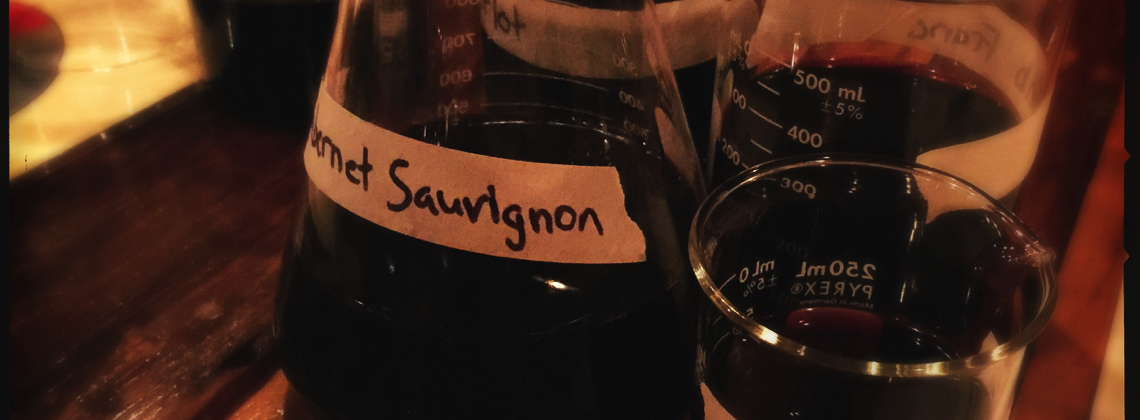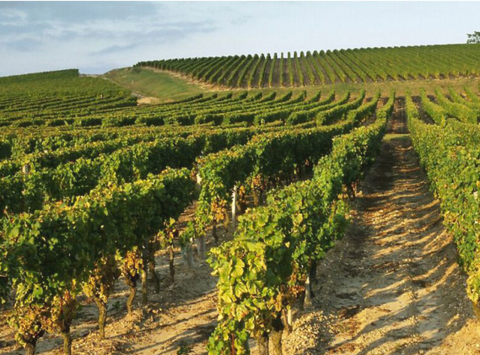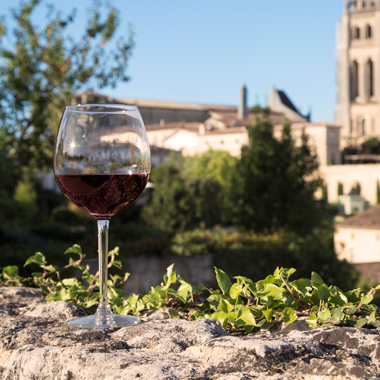The art of blending
Assemblage is also the stage in which the flavour profile of the wine is determined; creating a unique and balanced wine that is exclusive to each château. This process is what distinguishes Bordeaux wines – assemblage was not only first defined by the Bordeaux region, but it is also the method, which highlights Bordeaux’s rich grape varieties and the many terroirs unique to the region.
While the flavour profile of a wine is largely defined by its terroir (a combination of climate, soil, and vines), the excellence of each bottle reflects the winemaker’s expertise. When different grapes are blended together at just the right percentage, they can bring out the best in each other. Think of it as a perfectly balanced relationship or equation.
The personality of the wine is a reflection of each appellation, which means that certain grape varieties will dominate certain blends, while others play a supplementary role. For Bordeaux red wines, Cabernet Sauvignon dominates the Left Bank blends (such as AOCs Médoc, Graves, Pessac-Léognan…), while Merlot dominates the Right Bank (such as AOCs Saint-Émilion, Pomerol, Fronsac…). Sémillon and Sauvignon Blanc are the primary appellations used to make Bordeaux white wines. Additional grape varieties are also added to introduce flavour or spice to the blend, or to contribute to the overall tannic structure, aromas, and keeping potential.
Merlot is Bordeaux’s most widely grown and bountiful grape – when blended with other wines it adds a more rounded structure, as well as red fruit aromas. The late-ripening Cabernet Sauvignon grape provides structure, hearty tannins and flavours such as liquorice and blackcurrant. Cabernet Franc, an earlier ripening grape is added to contribute freshness and aromatic complexity. Other grapes, such as Malbec and Petit Verdot are sometimes used in small quantities to add more finesse.
While Bordeaux is famous for its red wines, the region also produces an array of dry and sweet white wines. Bordeaux’s white wines, both dry and sweet, are also made by blending three main grapes: Sauvignon Blanc, Sémillon and Muscadelle. What you might not know is that the Sauvignon Blanc grape is used to produce the majority of all Bordeaux dry whites. For example Bordeaux Blanc is produced from a predominant Sauvignon Blanc blend, whilst a bottle of white Graves from the Left Bank could consist of 60% Sémillon, 20% Sauvignon and 20% Muscadelle.
The crisp & fruity Entre-deux-Mers is produced from about 65% Sémillon and 35% Sauvignon Blanc. Sémillon is the main grape variety used for sweet wines and Muscadelle, which plays a much smaller part, is blended to add musky and floral overtones.
It takes years to master the art of assemblage, which is why it has become the true expression of a Bordeaux winemaker’s expertise.


